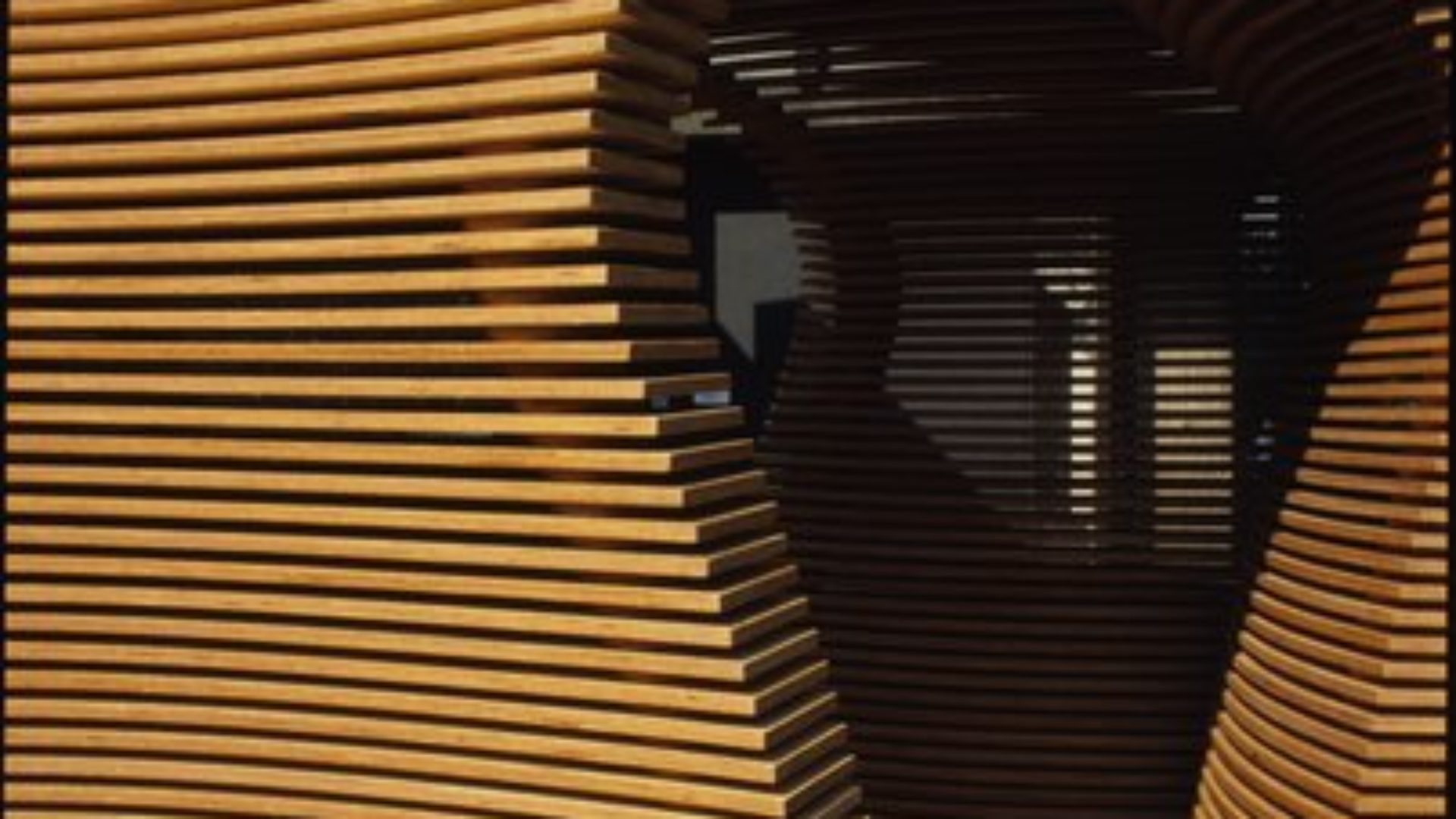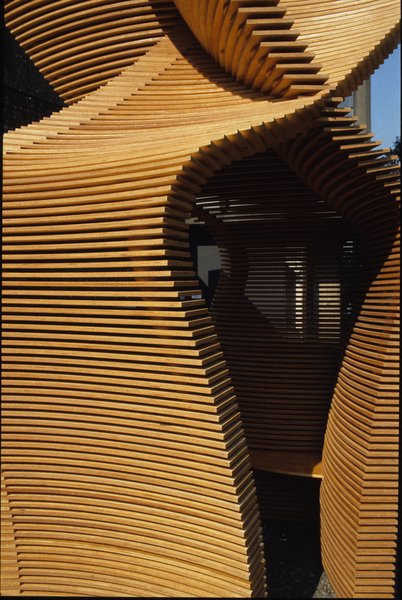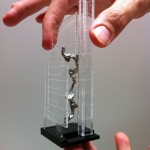I went to the Thomas Heatherwick exhibition at the V&A recently. I was deeply inspired (as I expected to be). Here was an uncompromising and driven designer. Actually, that is wrong – it is no more appropriate to call him a designer than to say Leonardo was just a painter. His work spreads amoeba like from ‘design’ across furniture and product design to engineering, architecture, sculpture, and urban design.
However, although his polymathic qualities are impressive and somewhat daunting, they were not what I pondered as I left the exhibition. Few of us can reach that level of achievement and versatility. What interested me was something quite different, but at the heart of Heatherwick’s ability is something much more basic – his thorough understanding of materials. Like many great designers he started making things as a child, and never really stopped. This constant experimentation led to a familiarity with the properties of what he was working with.
An example of this is an early piece made by Heatherwick while he was still at the RCA in the early 1990s. Three square pieces of sheet steel were each cut, comb like, from either side. The slots cut were the same width as the tines that remained allowing the sheets to be slotted together. However, the beauty of this was that because the rigidity of the sheet had been compromised by the cutting, it was possible to bend them. When they were bent into a gentle arc and slotted together as a triangular ‘vase-shape’, the tension kept the whole object locked into one. This was an idea that he explored further with his work at the Royal College in the piece ‘Gazebo’ and other furniture.
The other interesting thing was his obsession with process-based design. Many designers follow this mantra, but for most (particularly in architecture) it can lead to a sameness of output where the process seems to have moulded the design into a house style. Heatherwick’s ‘style’ (such as it is) is eclectic and diverse. This appeals to me, but I fear that such process driven design is relatively rare in landscape design and rarer still in garden design. The designer I know who has come closest to it is probably Dan Pearson (who has of course worked with Heatherwick). Heatherwick’s devotion to material and process also led to a relentless pursuit of trying to find the best version of any one idea. Here I felt that he definitely set himself apart from most designers. There were dozens of versions of a single object until he thought that he had reached the best form of the idea.
There are also lessons to be learned from his interest in the forms produced by instantaneous action. In his piece for the Wellcome Trust (‘Bleigiessen’) the whole project concept was built around forms produced by solidifying molten metal. As Heatherwick explains on his website (www.heatherwick.com/bleigiessen) “Following extensive experimentation, pouring molten metal into water was found to create extraordinary and complex forms in a fraction of a second. No two experiments produced the same result. Over four hundred of these were produced before a five centimetre piece was created and selected as it was felt it would work well with the building and is the basis of the final thirty metre project.”
 The final piece is breath-taking and the leap from inspiration to reality is huge, but recognisable.
The final piece is breath-taking and the leap from inspiration to reality is huge, but recognisable.What I think is most interesting about this is that these processes, although instantaneous, follow natural laws. The results are random, but follow recognisable patterns. Such pattern-making forms the basis of a lot of landscape thinking. Our designs sometimes reflect the natural patterns made by wind or water – ripples, waves etc. These patterns are themselves etched on the landscape in many ways and the more grounded our designs are in these, the more interesting and captivating they often become.



